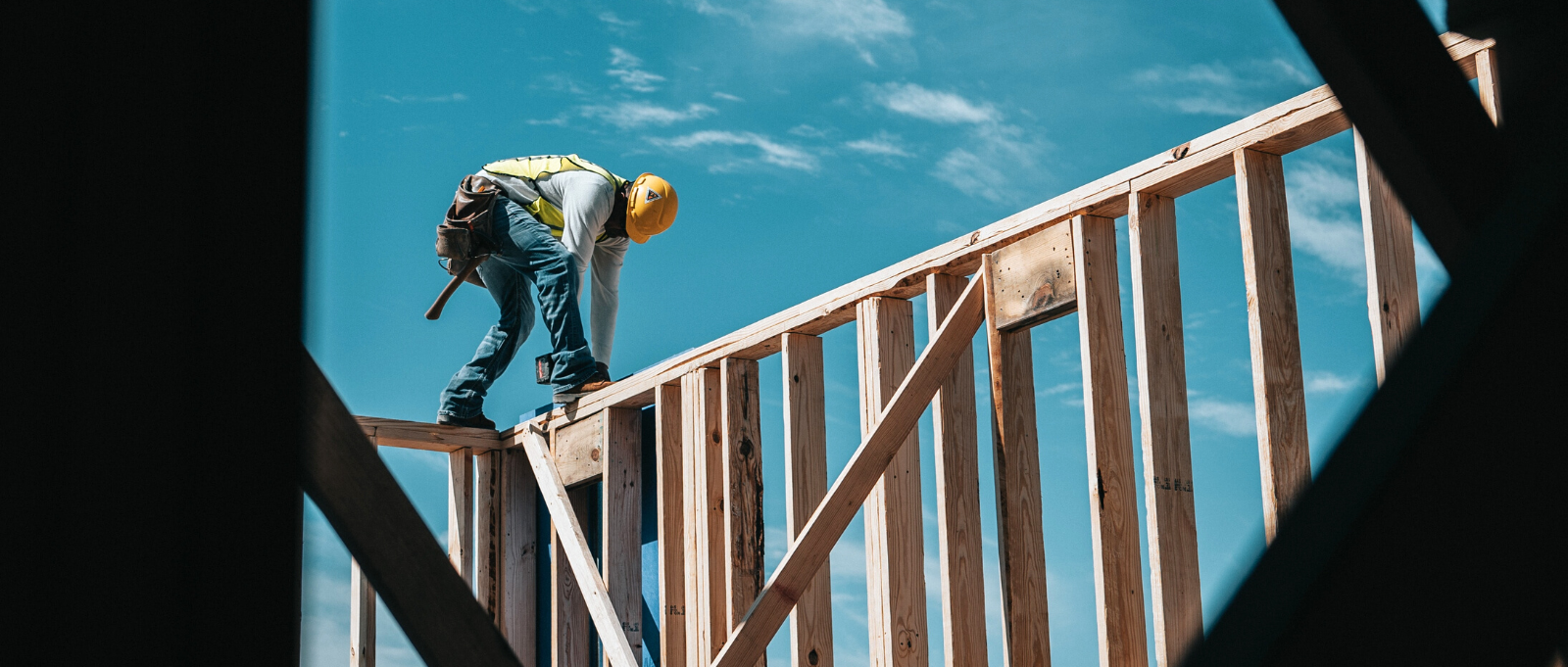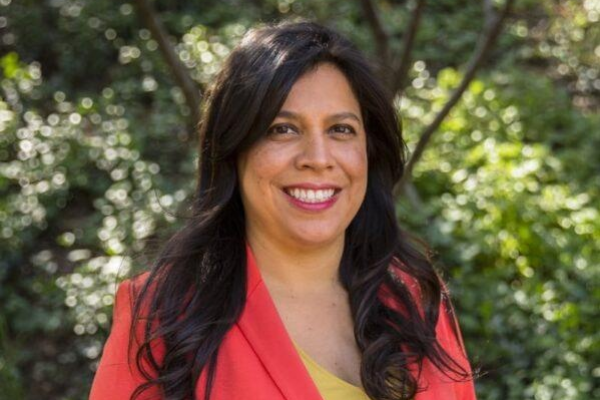October 30, 2023
Topic
Communities across California are facing extreme water challenges. Decades of overpumping groundwater coupled with ongoing drought has led to crises including depleted aquifers, domestic and shallow wells running dry, issues with groundwater salinity, and devastating floods.
Fairmead, an unincorporated community in the San Joaquin Valley, faces significant concerns about its drinking water supply. The Madera Subbasin, in which the community is located, is categorized as “critically overdrafted.” Many residents have experienced their wells drying up, and drilling deeper wells is cost-prohibitive for most.
In early 2022 CivicWell helped the Madera County Department of Water and Natural Resources obtain a $180,188 California Resilience Challenge grant for the Fairmead Groundwater Resilience Project. The project—a collaborative planning effort led by Madera County in partnership with Sustainable Conservation, Leadership Counsel for Justice and Accountability, and CivicWell—has focused on enhancing groundwater resilience in Fairmead by developing a plan for groundwater recharge and land repurposing to benefit community wells, improve drinking water supply, and stabilize groundwater levels in the surrounding area.
The Fairmead Groundwater Resilience Project was undertaken in direct response to Fairmead residents’ requests to change local land-use practices in order to protect their drinking water supply, provide healthy green spaces, and prevent further climate-induced environmental impacts.
Why Groundwater Recharge and Land Repurposing?
As California’s small communities struggle to adapt to prolonged water shortage periods, planning for groundwater resilience projects that include groundwater recharge and land repurposing components are a sustainable and achievable path forward.
Groundwater recharge can reduce flood risk by allowing floodwater to spread out over the land and away from buildings and costly-to-replace infrastructure. By directing excess waters from storms and snowmelt onto fields and retention areas where it can replenish the aquifer, more water is available for drinking and other uses.
Land repurposing seeks to find new uses for water-intensive agricultural land to reduce groundwater pumping, while also providing benefits to the community such as restoring habitat and floodplains, creating pollinator habitat, converting to rangeland, creating parks or open space, protecting drinking water, and reducing air pollution. By prioritizing local community needs and input, fallowed land can find new life in exciting ways.

Researching Opportunities and Gathering Community Input
Working directly with Fairmead residents, environmental experts, local agencies, and technical consultants, the Fairmead Groundwater Resilience Project team has evaluated land repurposing opportunities in the Fairmead area, and assessed groundwater recharge potential at specific sites. After investigation and relationship building, the team determined that recharge to benefit the Fairmead community wells was possible, and essential community partners indicated their willingness to collaborate in finding solutions to Fairmead’s groundwater challenges.
The project team conducted outreach, research, hydrogeologic and geospatial analysis, a landowner assessment survey, financial and water supply analyses, and an assessment of potential project benefits.
As part of the relationship building efforts, the team hosted three community meetings between October 2022 and this month. The first meeting focused on how groundwater recharge could potentially be implemented to improve community drinking water access, and the second focused on different aspects of land repurposing and how that could improve water reliability in the community. The third gathered community feedback on the preference between a recharge basin and a number of options for land repurposing.
Important considerations raised by community members included the safety of groundwater for drinking, control of mosquitoes, safety for children, and the cost to residents. There has been strong public interest in open space or natural habitat, and also in solar panels, a recharge basin, and low water-use agriculture.
What’s Next for the Fairmead Groundwater Resilience Project
The team is applying for funding for an expanded planning effort, and to move from project concept to on-the-ground implementation while continuing to strengthen community engagement in the design and management of these projects.
The impacts of climate change require holistic projects that improve broad-scale watershed resilience and increase supply reliability. The Fairmead Groundwater Resilience Project integrates private, public, community, environmental justice, and environmental interests into a plan that benefits climate resilience, drinking water protection, public health, and the natural ecosystem.
This process will serve as a model for other groundwater-dependent San Joaquin Valley communities. The project team is creating a case study that other community leaders will be able to reference as they seek to assemble the necessary resources and infrastructure to ensure a reliable drinking water supply.
The team is also in the process of pursuing funding to implement the potential groundwater resiliency projects identified and considered by the Fairmead community.

Policy Corner
Opportunities and Challenges Ahead for Affordable Housing Supply
Once again this year, Governor Gavin Newsom put his signature on a host of bills aimed at addressing the critical need for more housing, especially affordable housing. Among the nearly 60 bills the Governor signed were measures to:
- Streamline housing approvals on property held by religious institutions (SB 4 Wiener), and in jurisdictions that are not meeting their state goals (SB 423 Wiener)
- Reduce delays in project permitting (AB 1633 Ting, AB 1114 Haney)
- Encourage adaptive reuse (AB 529 Gabriel)
- Increase density bonuses for low and moderate income housing (AB 1287 Alvarez)
- Ease limits on accessory dwelling units (ADUs) (AB 976 Ting, AB 1033 Ting, AB 1332 Juan Carrillo)
- Provide additional protection to renters (SB 567 Durazo, AB 548 Boerner, AB 1218 Lowenthal, AB 1620 Zbur)
All of this legislation and that of preceding years will play an essential role in reducing the cost and increasing the certainty of approving and producing more housing, meeting the growing need for maintaining and expanding affordable housing.
Perhaps the greatest challenge, however, continues to be funding for the actual development and delivery of affordable housing. While there are a number of funding programs to help underwrite affordable housing, cobbling together local, state, and federal sources of money to build projects poses a time-consuming, complex, and challenging undertaking for developers. In addition, the amount of funding available—while increasing over the last few years—remains woefully inadequate to meet the demand.
In 2021-22, the state allocated slightly more than $5 billion in grants and bond funds for affordable housing, and provided just under $900 million in low income housing tax credits (LIHTC). This represents a greater than 330% jump from the funding and LIHTC offered in 2020-2021. The federal government allocated about $2.5 billion in grants and just under $6 billion in LIHTC in the same period, about one-third more funding than in 2020-21. Even with these dramatic increases in funding, projects can wait for years in order to receive approval for grants and LIHTC so that final planning and construction can occur.
The often years-long process of securing entitlements and then funding for construction means that affordable housing production falls far short of meeting the need. While nearly 44,000 net new affordable multifamily units came on line in 2022, the state faces a shortage of more than 1.1 million units of affordable housing.
Against this backdrop, the Legislature agreed to put a measure on the November 2024 ballot which would reduce the threshold for passing local taxes and bonds to underwrite infrastructure and affordable housing from two-thirds to 55%. ACA 1 by Assemblymember Cecilia Aguiar-Curry, if approved by the voters, would make increased local funding to finance affordable housing significantly more likely in the years to come. Such additional funding would be a welcome augmentation to the sources available for affordable housing.
A boost to state funding may also be in the offing. This year, AB 1657 by Assemblymember Buffy Wicks would have put a $10 billion bond for affordable housing on the ballot in 2024 but the bill died in the Senate Appropriations Committee. Nonetheless, in addition to bonds under discussion for climate, flooding, and fighting drug abuse, one or more affordable housing bond bills will likely be introduced when the Legislature returns in January.
Beyond the local and state possibilities for increased affordable housing funding, if the federal government offered more tax credits, that would provide a powerful assist to getting projects through the funding maze.
We have a lot to do, but there’s a lot that can be done!
Remembering Cindy Montañez
We are deeply saddened to hear of the passing of San Fernando City Councilmember, former Assemblymember, and TreePeople CEO Cindy Montañez. She was a pioneering political and environmental leader, and we were fortunate to have her on our Board from 2021-2023.
In recent weeks, she has been honored in numerous ways. The California Legislature declared her birthday, Jan. 19, to be Cindy Montañez Day. The San Fernando and Los Angeles city councils renamed the area around the Pacoima Wash, which she had long advocated remaking as a green space, as Cindy Montañez Natural Park. Earlier this month the Los Angeles Unified School District voted to rename San Fernando’s Gridley Street Elementary in her honor.
Read about her life at ABC 7 and the Los Angeles Times.






